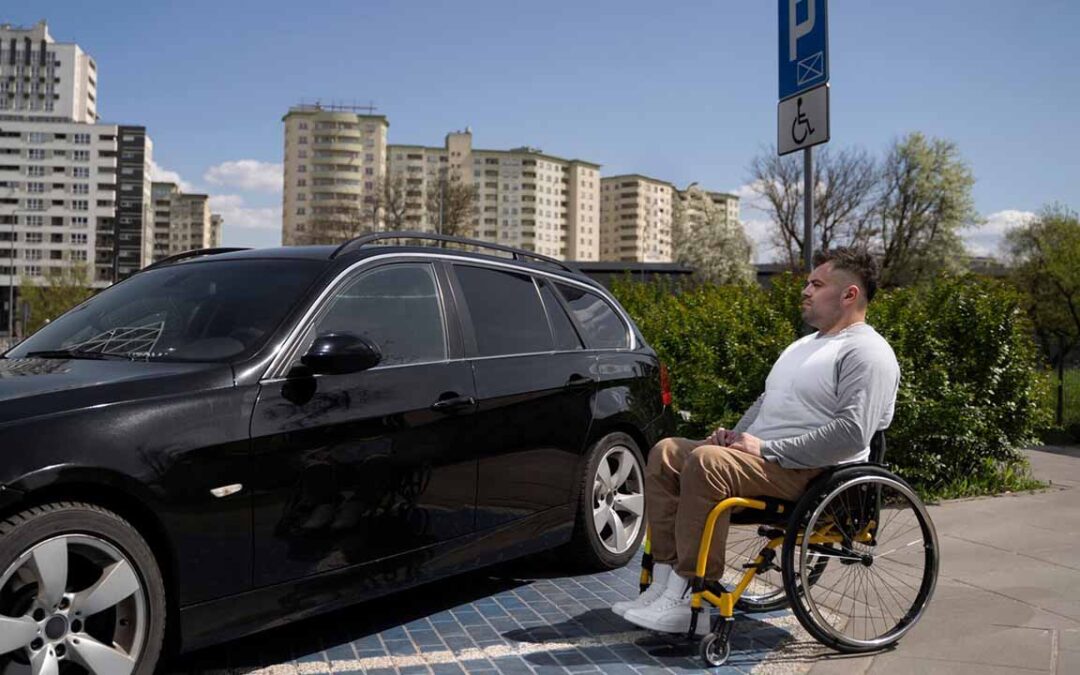Mobility is a fundamental right that too many people struggle with. For individuals who rely on wheelchairs, daily tasks like commuting, shopping, or attending appointments can become major challenges. Wheelchair accessible vehicles (WAVs) are bridging this gap, transforming lives by offering safe, dignified, and efficient transport. These specially adapted vehicles enable safe, dignified, and efficient transportation, offering users independence and improving quality of life.
Whether you’re a wheelchair user, a family caregiver, or simply searching for a “handicap taxi near me,” understanding how WAVs impact lives is essential. In this blog, we explore how WAVs are transforming transportation not just for individuals, but for families, communities, and society as a whole.
This article explores how WAVs are improving mobility not just for the users themselves, but also for families, carers, and communities.
1. Breaking Barriers to Independence
Handicap accessible vehicles are making it possible for people to live independently:
- Attending work or school regularly
- Participating in social and family events
- Running errands without constant assistance
This is especially impactful for those who want to:
- Attend school or college without dependency
- Maintain a job and commute regularly
- Visit friends or attend events without assistance
By allowing users to remain in their chairs, WAVs preserve dignity, increase confidence, and support mental wellbeing.
2. Benefits for Families and Carers
Caring for someone with mobility challenges can be physically and emotionally demanding. WAVs alleviate much of this burden by simplifying transport logistics.
Benefits include:
- Reduces physical strain of lifting or transferring individuals
- Saves time on journeys
- Offers peace of mind with safety features and reliable access
Many families say that purchasing or renting a wheelchair accessible van has transformed their routines making everything from school runs to weekend outings easier.
3. Promoting Equal Access in Public Transport
Many taxi and transport providers are upgrading fleets with WAVs, often searchable online as “handicap taxi near me.” These accessible taxis: The role of WAVs goes beyond personal vehicles. Many UK public and private transport providers are expanding their fleets to include wheelchair accessible options.
These include:
- Accessible taxis operated by licensed drivers trained in disability support
- Minibuses for community use by charities and local councils
- Private WAV hire for medical or leisure trips
Searching for a handicap taxi near me online now returns a wide range of results — a sign that the industry is embracing inclusivity.
- Allow for spontaneous travel
- Feature trained drivers for support
- Adhere to accessibility standards
- Transparent pricing and assistance throughout the journey
This inclusive shift is vital for elderly users and those with temporary injuries too.
4. Real-Life Applications
Education Access
Children and young adults use WAVs to get to school without dependence on others.Many students with disabilities face challenges in getting to school. WAVs offer:
- Regular, safe transport
- Independence for both student and family
- Customisable schedules, ideal for therapy or after-school sessions
Work Commutes
Accessible transport encourages employment among disabled individuals. They support:
- Commutes to offices or remote working hubs
- Attendance at meetings or training
- Greater confidence in self-reliant travel
Healthcare Travel
WAVs make it easier to attend regular appointments with minimal hassle. Missing medical appointments can lead to serious consequences. WAVs allow users to:
- Attend routine GP, physio, or hospital appointments
- Travel to specialist care without assistance
- Avoid expensive patient transport services or long wait times
Also, read more about the Choosing Wheelchair Access Vehicle
5. The Role of Government and Policy
Many local councils and public bodies are investing in wheelchair accessible vehicles for community use: Across the UK, many councils and community organisations are actively investing in WAVs as part of broader disability inclusion strategies.
Examples include:
- Dial-a-Ride services
- Non-emergency medical transport
- Accessible council taxis
6. Sustainability and Electric WAVs
Technology is enabling cleaner, quieter options:
- Electric wheelchair accessible vans are entering the market
- Lower emissions promote environmental health
- Energy-efficient models reduce running costs
As the UK moves toward a greener, net-zero future, the WAV industry is adapting.
Electric WAVs (e-WAVs)
Modern WAV manufacturers and converters are now offering:
- Battery-powered models with zero tailpipe emissions
- Hybrid vehicles with lower fuel usage
- Solar-panel-assisted models to offset onboard power systems
Benefits of electric WAVs:
- Quiet, smooth driving ideal for long trips
- Reduced environmental impact
- Lower maintenance and running costs over time
This transition supports both clean air policies and cost savings for operators and families alike.
Final Thoughts
WAVs are more than just vehicles, they are tools of empowerment. Whether you’re exploring personal use or finding a local handicap taxi near me, accessible vehicles are reshaping mobility. Whether you’re a parent looking for a school-run solution, a professional commuting to work, or simply searching for a local handicap taxi near me, WAVs are reshaping the future of mobility in the UK.
As technology evolves and public awareness grows, the accessibility gap is steadily closing. WAVs are not only about getting from A to B they’re about freedom, inclusion, and empowerment for all.
